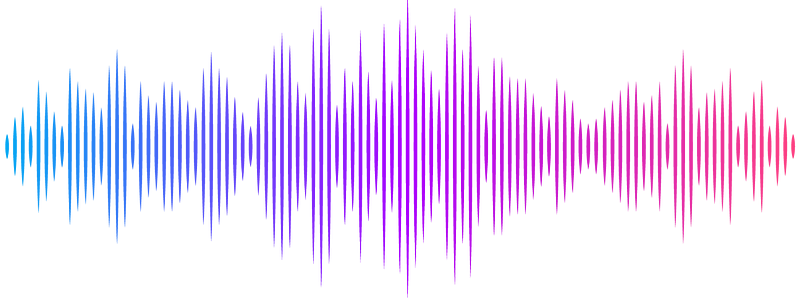Paramyxoviruses in Old World fruit bats (Pteropodidae): an open database and synthesis of sampling effort, viral positivity, and coevolution

Paramyxoviruses in Old World fruit bats (Pteropodidae): an open database and synthesis of sampling effort, viral positivity, and coevolution
Juman, M.; Restif, O.; Becker, D. J.
AbstractOver the past 25 years, research interest in the links between Old World fruit bats (family Pteropodidae) and paramyxoviruses has driven a rapid proliferation of surveillance studies in this system. We performed a systematic review and data synthesis of all published paramyxovirus studies of wild pteropodids. Here, we present an open, static, PRISMA-compliant database called pteroparamyxo, which includes 1,482 records of prevalence or seroprevalence from 119 studies published between 1971 and 2023. Using this dataset, we examined biases in sampling effort, predictors of viral positivity, tissue tropism, and pteropodid-paramyxovirus coevolution. We found significant spatial and taxonomic bias in sampling effort, largely driven by overrepresentation of Pteropus-henipavirus systems; in particular, African bats were undersampled for paramyxoviruses relative to Asian and Oceanian taxa. On the viral side, henipaviruses (specifically Hendra, Nipah, and Cedar viruses) were overrepresented relative to pararubulaviruses. We also identified substantial non-random variability in paramyxovirus prevalence and seroprevalence. Spleens and pooled fecal samples from pteropodids yielded the highest PCR positivity, while samples from Oceania tended to have slightly higher seroprevalence than those from Asia and Africa. Collection year was not a significant predictor of positivity, suggesting limited overall change in paramyxovirus PCR prevalence or seroprevalence over the last several decades. Finally, we found weak evidence of pteropodid-paramyxovirus coevolution, supporting relatively frequent host-switching within this system. Our study highlights critical sampling gaps to address in future surveillance studies and provides preliminary evidence for sample and tissue types to prioritize in field- and museum-based sampling